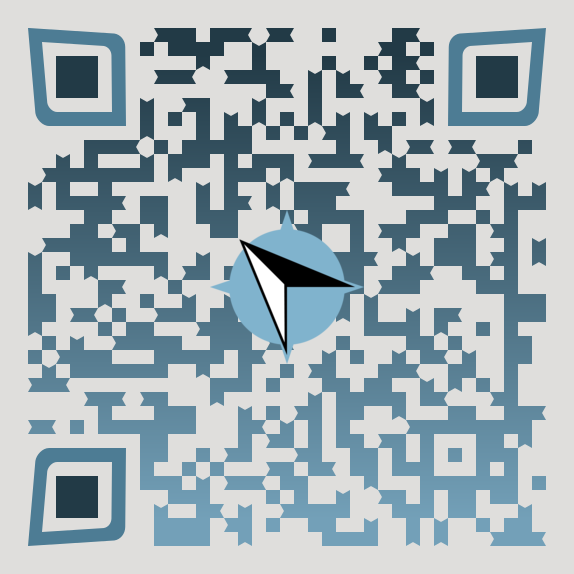



My career began after graduating from URI in 2002 (BS - Computer Science). I began working for Anteon Corporation (now GDIT) as a Software Engineer. Since then, I've worn many hats.
At Anteon, I worked on a team developing software for the Navy that used environmental data to simulate a fleet's ability to detect the enemy. I developed code performing calculations over large sets of data primarily in Java, accessing native C++ libraries to do the heavy lifting. Showing success with this, I was tasked with tracking down memory leaks in those same C++ libraries. I also ported our Java application to UNIX for our European friends. All of this gave me a solid understanding of object oriented design and development as well as configuration management tools and processes.
After buying a house, Anteon offered me the ability to transfer to another office that was closer to home. It was here that I first worked on coding the Paperless Ship, an Apache Tomcat JSP site with an Oracle backend, built as a means to modernize and lightweight submarines by removing all the paper on a boat. Instead of having physical logs of every duty performed, sailors would use our system to track everything - from workflows to scheduling. I disliked writing front-end code, so I began working with another team maintaining an aging submarine simulator.
The simulators were room sized platforms that were suspended on hydraulic actuators that would react to how students "drove" their simulations. The original simulator was written in FORTRAN in the 70s and ran on an old DEC Alpha server. This old hardware (and software) needed constant maintenance so I was always updating the code. The Alpha server interfaced with a real time processing unit that took analog inputs from switches and levers, and translated them to digital outputs which were read back in by the simulator. The RTP unit also drove analog gauges from digital outputs calculated by the simulator running on the DEC alpha server.
We were constantly replacing gauges that burned out. It wasn't long after I came onboard that we decided to replace some of these gauges (the Common Instrument Panel) with computer monitors and digital replicas. I took photos of the gauges onboard the boats, cut them into pieces and cleaned them up in photoshop. I spliced and animated them using Open GL and developed an interface for the new virtual panel to communicate with the old DEC Alpha server.
And then the contract was won by a competitor. I had to make a choice, stay with Anteon and work on the Paperless Ship developing front-end code or find something new. So I applied to a job with RITE Solutions. I found out during my interview, they would be hiring me to work on Submarine Simulators - yes the same submarine simulators I was already working on. RITE Solutions had won the follow-on contract and I had no idea. It seemed a no-brainer to me.
I started at RITE as one of three leads on a project to replace the old DEC Alpha server and all its simulator code with a modern Windows server, completely re-engineered based off the existing system, but enhanced with new capabilities such as multi-threading and a brand new hydro-dynamics model produced by the Navy. It was exciting! There was a team of nine developers in San Diego and a handful of us back in Rhode Island. The team worked great together. I was in charge of updating the Instructor Operating Station and integrating all the parts of the platform. There were two other teams to implement the Real Time Processor's software and the submarine simulator itself. I performed all the onsite testing and after the development work was complete, I flew out to five sites and performed the hardware and software upgrades, tested the updated systems, and trained the chiefs how to use their new simulators. This project was a huge success and was the most interesting project I'd worked on to date.
After RITE, I went to work for Progeny Systems Corporation. Progeny had taken over the contract of the Paperless Ship and I went to work for them as an Integrator. I took the code Anteon wrote and tested it in our labs and then went out to the boats to do the installations and trainings. The software had come a long way since I left Anteon and had since become a platform for other software packages to be run on. With me as the technical lead, Progeny bid on a contract to develop one of the LANs onboard the USS Ford - the latest aircraft carrier, still in development at that time. We won!
I built a redundant, highly available system that used the Paperless Ship as the platform to host other applications. I developed single sign-on capabilities with these applications, using the Paperless Ship as the backbone. I packed up the system and traveled to Norfolk, demonstrated, and presented the results of our work. We were rewarded with a follow-on contract. It was after this that I decided it was time for me to try out private industry, rather than the DoD. I enjoyed my time working for the government, but 10 years of military work after 6 years in the Army National Guard was a long time. I needed to see what else was out there.
I was excited to join Lapis Software Associates, working on their project building a next generation lottery terminal. After that, I went to work on their Gem Intelligence software, updating the core infrastructure and the databases behind it. The software was used to track lottery sales - scratch tickets and online tickets like Powerball. We had multiple jurisdictions across the world and the code bases were diverging for each. They needed someone like me to reduce the work required to maintain all of these. I unified their codebases and purged their databases of many duplicate tables, while maintaining unique difference between jurisdictions.
After Lapis, I was hired by InsureMyTrip.com as their Lead Web Engineer. I mentored younger developers and helped build the team to become a successful group of engineers. I was on the team that accomplished GDPR compliance and helped spearhead us toward PCI compliance. I was promoted to DevOps Manager after our previous IT manager left. I had to learn how all the systems worked and were networked. I documented everything - something the previous IT manager was against (security through obscurity is not a thing). I hired and trained a Systems Administrator and managed a small team to accomplish some big goals - building a version of the site in the AWS cloud and developing a Disaster Recovery plan. And then Covid-19 struck. No one buys travel insurance when they aren't traveling. I was laid off.
Now I work for Markforged. I am in Sales, using my skills as an engineer wherever possible, improving processes and enabling my teammates. It's a new industry, a new role, with new faces and experiences. I'm loving every minute of it, coming out of my shell more and more. I'm not done engineering. I work with some of the best! I am happy at Markforged and not looking to leave.
more





